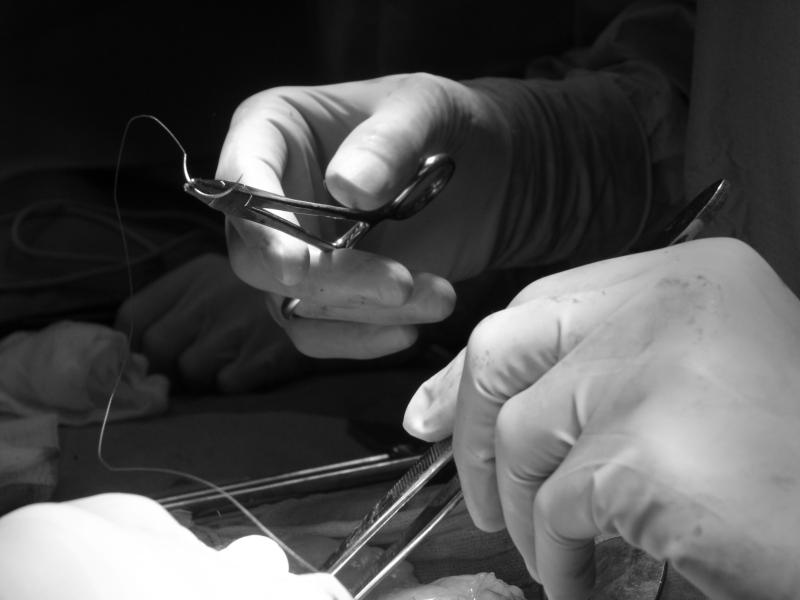
A hybrid suture technique is superior to a simple one for the repair of anterior traumatic shoulder dislocation, resulting in better early improvements and a lower rate of recurrence, according to a recent Singapore study.
“Previously, our centre has published a study regarding hybrid suture technique, where mattress and simple suturing are used to create Mason-Allen configuration, with low recurrence rates,” said researchers. “This present study aims to compare the clinical outcomes and the recurrence rate of hybrid suture technique versus simple suture technique at 2-year follow-up.”
Of the 103 recruited patients (mean age at operation, 27.0±9.8 years; 103 males) who underwent arthroscopic anterior labral repair, 65 received the hybrid suture technique and 38 received the simple suture technique. Significant improvements in clinical outcomes and range of motion were reported for both groups. [Asia Pac J Sports Med Arthrosc Rehabil Technol 2019;18:6-10]
After 24 months of follow-up, for instance, participants who underwent the hybrid suture technique showed comparable improvements in the Constance shoulder score (84.6±12.5 vs 86.9±8.8; p=0.599) and Oxford instability score (18.0±7.3 vs 19.2±7.7; p=0.350) relative to their simple-suture counterparts.
Over the same time frame, changes in the University of California Los Angeles (UCLA) Shoulder Rating Scale (31.3±4.3 vs 31.2±3.6; p=0.697) and Numerical Pain Rating Scale (0.8±1.7 vs 0.6±1.4; p=0.610) were likewise statistically similar between the hybrid and simple suture groups. No between-group differences were reported for 24-month range of motion.
However, these improvements occurred earlier in the hybrid suture group. Scores in the UCLA (27.3±5.7 vs 23.7±5.0; p=0.002 and 30.3±4.5 vs 27.7±4.4; p=0.002) and Oxford Instability (29.3±8.9 vs 33.4±8.2; p=0.027 and 22.3±9.1 vs 26.5±9.4; p=0.029) scales were significantly better at 3 and 6 months relative to the simple suture group.
Similarly, patients in both groups reported good satisfaction rates at all time points. Satisfaction at 12 months was 95.1 percent in the hybrid suture group and 94.4 percent in the simple group. At 24 months, corresponding rates were 93.4 percent and 94.6 percent (p-both=1.000).
“The introduction of anchor suture in arthroscopic Bankart repair has revolutionized the treatment for shoulder dislocation. The advantages of anchor suture are namely multiple points of fixation, no posterior glenoid penetration and pull-out strength similar to transosseous sutures of suture anchors,” the researchers said.
The present study showed that over 24 months of follow-up, the hybrid suture technique is just as effective as the simple technique, all while producing significantly better early outcomes.
However, important limitations of the study must also be taken into consideration, the researchers noted. Among these are its observational design, the lack of randomization, a short follow-up period and the failure to implement postoperative imaging studies. Future efforts to address these shortcomings are warranted.